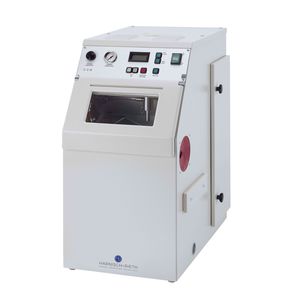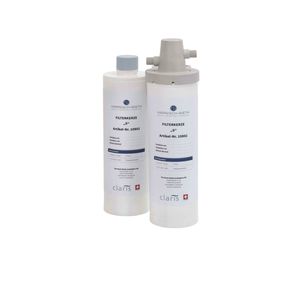
- Environment - Health - Safety
- Air Treatment and Noise Management
- Dust extraction unit
- Harnisch + Rieth GmbH & Co. KG
Dust extraction unit D-LE 255 series


Add to favorites
Compare this product
Characteristics
- Applications
- dust
Description
Best extraction results with maximum protection against fine dusts
The extraction units have a powerful, sound-insulated high-pressure fan and are equipped with automatic air volume regulation, automatic switch-off and filter change indicator. The D-LE 255/CAM series has the possibility of the detection device (CNC machine) to set the prescribed air volume flow and is used as extraction of dusts primarily, metal dust, mineral dust, plastic dust, plaster dust oxide ceramic and other ceramic dusts.
Product Benefits
Connection
Automatic and intelligent bidirectional communication with your CAM unit.
Workflow
Consistent suction power due to automatic air volume regulation independent of the filter filling level.
Energy-efficient
Effective dust reduction by means of a high volume flow of approx. 4000 l/min. with low power consumption.
Protection
Very high health protection due to two-stage filter system of dust class M
Volume flow control
The air volume flow is regulated automatically. The air volume at the suction funnel is always the same, regardless of the degree of contamination of the filter medium. The extraction unit carries out a self-test at certain time intervals, at the same time as the air lines are sucked free. The height of the air volume can be adjusted depending on the type of detection device used (suction jaw) and its associated air volume and can be read in the display.
The volume flow control device monitors not only the air volume flow, but also the degree of contamination of the pre-filter and ultra-fine filter.
Catalogs
No catalogs are available for this product.
See all of Harnisch + Rieth GmbH & Co. KG‘s catalogsOther Harnisch + Rieth GmbH & Co. KG products
Products
Related Searches
*Prices are pre-tax. They exclude delivery charges and customs duties and do not include additional charges for installation or activation options. Prices are indicative only and may vary by country, with changes to the cost of raw materials and exchange rates.






